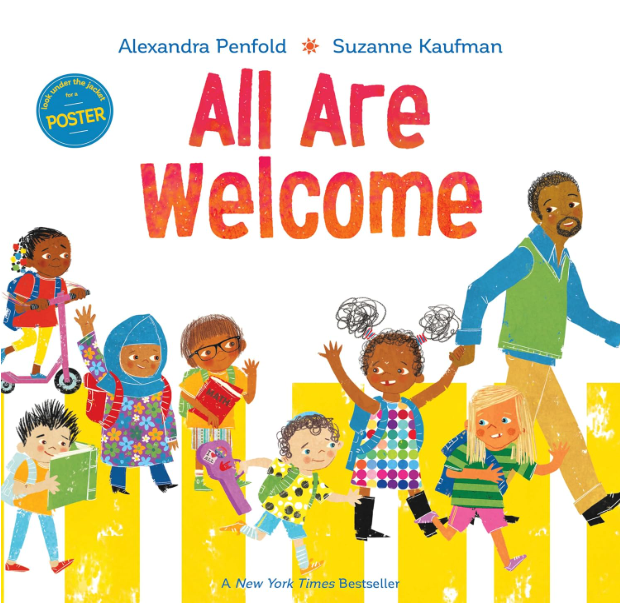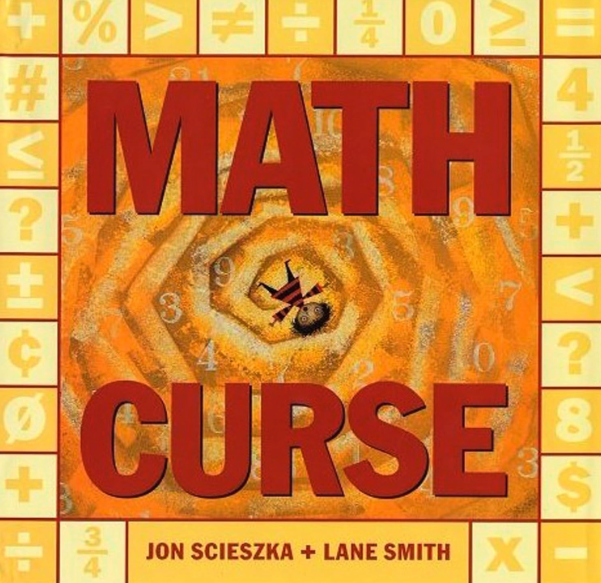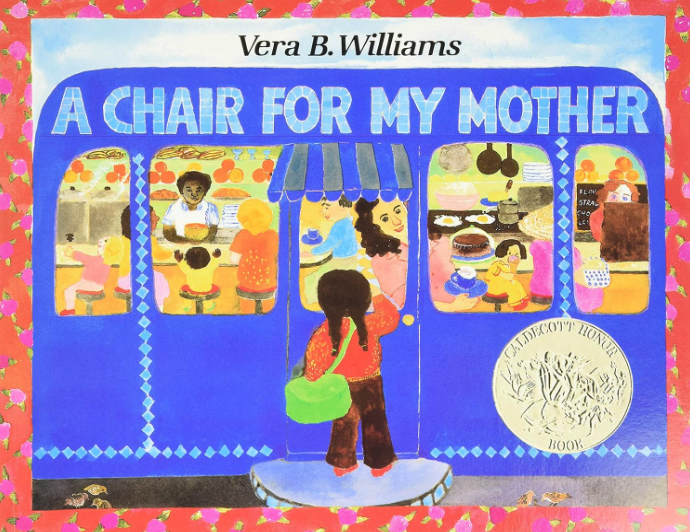All Are Welcome K (Visual Arts)

Art Form: Visual Arts
Supplies Needed
-All Are Welcome book
-Paper or cardstock
-Crayons, markers, or colored pencils
-Optional: stickers, ribbon, collage materials, tape
Vocabulary
Welcome - to greet someone in a friendly way
Color - an element of art with three properties: 1) Hue: the name of the color, e.g. red, yellow, etc.; 2) Intensity: the purity and strength of the color (brightness or dullness); 3) Value: the lightness or darkness of the color (shades and tints)
Pattern - repetition of specific visual elements such as a unit of shape or form
Kindness - showing care for others through words and actions
Belong - to feel included and accepted
Design - the way something is arranged or planned to look
Character - a person in a story or play, or an animal or object that has human qualities
Instructions
1. Read All Are Welcome together and talk about how people in the story make others feel included. Who are the characters in the story? What happens in the beginning of the story? What happens in the middle of the story? What happens at the end?
2. Ask yourself, “What words or pictures could we use to show people they are welcome at our home?”.
3. Work together to design a welcome sign using bright colors and fun
patterns (stripes, dots, zigzags). Include kind words like: “All Are Welcome,” “Hello, Friends!” or “We’re Glad You’re Here!”.
4. Hang your sign on your front door, porch, or a window for neighbors and visitors to see.
Extensions
Talk about how your family shows kindness to guests or neighbors.
Add phrases in different languages spoken in your home or community to your sign.
Go on a “Welcome Walk” and look for other signs of kindness in your neighborhood.

About
The REimagining and Accelerating Literacy through Arts Integration (REALAI) grant supports the literacy achievement of 3,200 students and 170 teachers, media specialists, and literacy coaches across six schools in Georgia and South Carolina.
In addition to professional learning for educators, this project contributes significantly to school library collections through the purchase of developmentally appropriate and culturally relevant books.
This grant also includes parent events to provide families with access to books and other content about how to support their child’s reading development.







